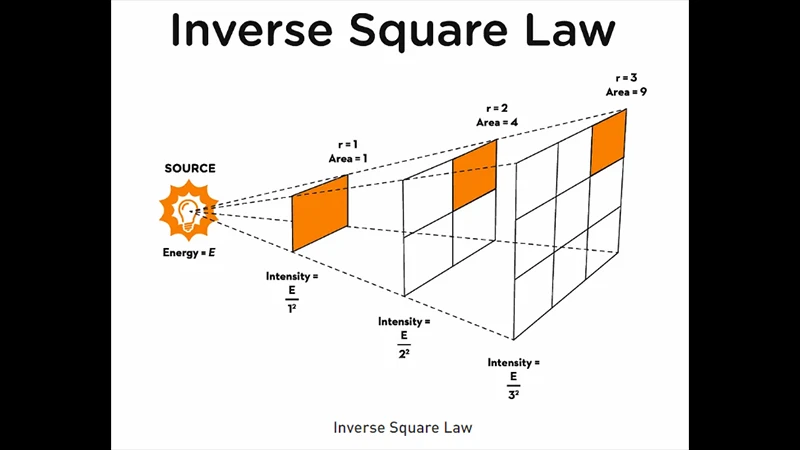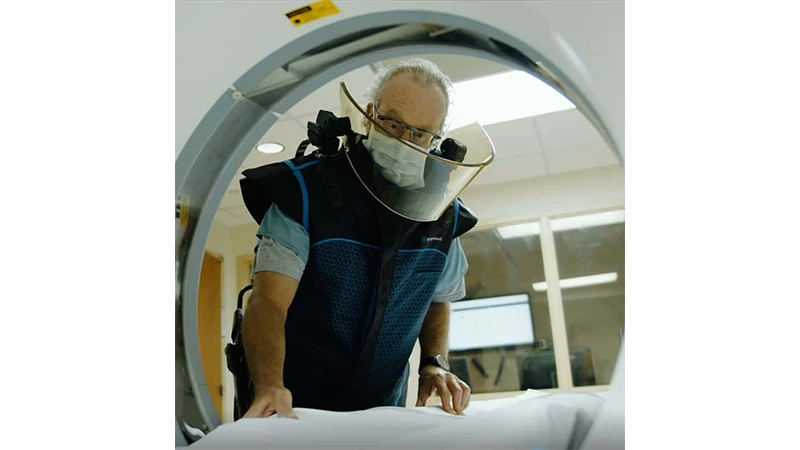The ALARA Principle: A Practical Guide to Radiation Safety
In any field that uses ionizing radiation, from nuclear power to medical imaging, safety is the number one priority. The guiding philosophy for radiation safety in radiology is the **ALARA** principle. ALARA is an acronym that stands for "As Low As Reasonably Achievable," and it is the cornerstone of every radiation protection program.
The principle acknowledges that while there is no known "safe" level of radiation exposure, the benefits of a medically necessary imaging exam far outweigh the small potential risk. Therefore, the goal is not to eliminate radiation exposure entirely, but to reduce it to the lowest possible level without compromising the diagnostic quality of the images. This applies to both the patient and the medical staff.
The Three Cardinal Rules of Radiation Protection
The practical application of ALARA is built upon three simple, powerful concepts known as the cardinal rules of radiation protection: Time, Distance, and Shielding.
1. Time
The Rule: Minimize the time spent exposed to a radiation source.
The total radiation dose you receive is directly proportional to the amount of time you are exposed. By reducing the time, you reduce the dose.
- For Patients: Technologists use efficient, practiced workflows and modern, fast equipment to keep scan times as short as possible.
- For Staff: In procedures like fluoroscopy, technologists and radiologists should minimize the "beam-on" time. They should never remain in the room unnecessarily when the X-ray beam is active.
2. Distance
The Rule: Maximize the distance from the radiation source.
This is the most effective method of reducing radiation exposure. The intensity of radiation decreases dramatically as you move away from the source, following the inverse square law. This law states that doubling your distance from the source reduces your exposure to one-quarter of the original level.
- For Patients: The source-to-skin distance is carefully controlled by the equipment design.
- For Staff: Take a few steps back from the patient and the X-ray tube during an exposure. In mobile X-ray, the technologist should stand at the maximum possible length of the exposure cord. In fluoroscopy suites, staff should stand as far from the table as is practical.

3. Shielding
The Rule: Place a barrier between yourself and the radiation source.
Shielding involves using materials that absorb X-rays to block radiation. Lead is the most common material used for this purpose due to its high density and effectiveness.
- For Patients: Lead shields are often placed over radiosensitive parts of the body that are not being imaged, such as placing a lead apron over the pelvis during a chest X-ray.
- For Staff: All personnel in a fluoroscopy or interventional suite must wear lead aprons, thyroid shields, and often leaded glasses. The control booth where the technologist operates the scanner is also a shielded environment with lead-lined walls and leaded glass.

Conclusion: A Culture of Safety
ALARA is more than just a rule; it's a culture and a mindset that must be practiced every day by every member of the radiology team. By diligently applying the principles of Time, Distance, and Shielding, technologists ensure that they can obtain high-quality, life-saving diagnostic images while guaranteeing the highest level of safety for their patients and themselves.


Comments